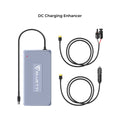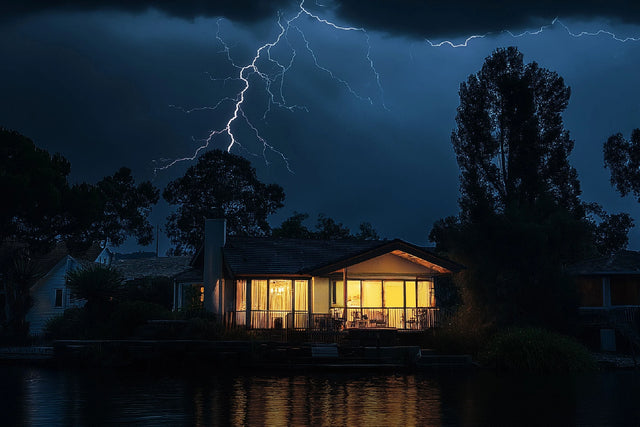In the modern Australian home, energy efficiency is more than just a buzzword; it's a lifestyle choice. As seamlessly as a roo bounds across the outback, today's televisions integrate into our daily lives, offering hours of entertainment and escape. But have you ever paused to consider exactly how much energy your TV consumes? Whether you're binging the latest series or tuning in to the footy, knowing the wattage of your television can be the first step towards a more sustainable household. Discover how innovative energy-saving technologies can seamlessly adjust power usage, ensuring you're getting maximum enjoyment with minimal environmental impact.
How Many Watts Does a TV Use?
Television sets have become a staple in Australian homes, offering a gateway to the world of news, entertainment, and education. But how much energy do these fascinating devices consume? For the practically-minded viewer, understanding wattage is more than just a technical concern; it's a matter of balancing performance with efficient energy use.
With the evolution of display technology, LED TVs stand out for their energy efficiency. Typically, an LED TV ranges from 30 to 100 watts based on its size and display settings. This range means you can enjoy vivid imagery while being mindful of your energy consumption. Unlike older models, LED TVs use less power by utilizing light-emitting diodes to illuminate the screen, thereby aligning with sustainable living goals.
If you consider pairing your television with solar power, the low wattage of an LED TV fits well within the capacity of portable solar solutions embraced by off-the-grid enthusiasts. As clouds drift by, solar power systems dynamically adapt, allowing you to maintain a sustainable entertainment setup. Thinking about streaming the latest blockbuster from the comfort of your deck? Now you can, without worrying about excessive energy use.
While wattage is a crucial factor in choosing the right TV, it's essential to remember that settings such as brightness and usage patterns also play a role in total energy consumption. By carefully adjusting these settings, you can optimize your energy footprint without compromising on the quality of your viewing experience.
For those TV enthusiasts who wish to balance entertainment with energy efficiency, understanding how many watts a TV uses is essential. Whether you're setting up an eco-friendly home entertainment system or just curious about power consumption, knowing the wattage of different types of TVs can make a significant difference.
What are the Typical Wattage Ranges for Different Types of TVs?
The energy consumption of a TV can vary significantly based on the type of technology it uses. Here's a quick look at the typical wattage ranges for different TV types:
| Type of TV | Wattage Range |
|---|---|
| LCD TV | 50-150 watts |
| LED TV | 30-100 watts |
| Plasma TV | 150-400 watts |
| OLED TV | 60-120 watts |
The kind of TV you choose can have a direct impact on your electricity bill. LCD TVs, for example, use between 50 to 150 watts generally, making them a moderate option. LED TVs are lauded for their efficiency, consuming only 30 to 100 watts. Plasma TVs, although known for superior color quality, are among the highest in energy use, requiring 150 to 400 watts. OLED TVs blend performance and efficiency with a power usage of 60 to 120 watts.
Australians looking to minimize energy consumption and reduce costs should consider not only the initial purchase price but also the long-term power use of their television. Each technology has its strengths, but understanding wattage and energy needs will illuminate the best choice for your lifestyle.

How Does Screen Size Affect TV Electricity Usage?
For those looking to optimize their energy consumption, understanding the relationship between screen size and electricity usage is key. Larger television screens typically demand more power, an essential consideration for any household mindful of energy conservation. As you expand the dimensions of your TV, the energy requirements often scale up accordingly, making it a significant factor in your overall electricity usage.
Delving deeper, the resolution and display technology further influence the wattage consumed by televisions. High-resolution displays, such as 4K or 8K, naturally require more power to deliver crisp images and vibrant colors. Combined with state-of-the-art display technologies, like OLED or QLED, power consumption may increase even further. Each pixel and diode glows vividly, intensifying the electricity demand. Choosing a TV isn't just about size and resolution; it's about balancing these aspects with your energy consumption goals.
What Factors Influence a TV's Energy Consumption?
For dedicated viewers, uncovering how a TV's energy consumption fluctuates is vital. Begin with brightness settings — adjusting them can significantly affect wattage. Dial down the brightness for darker settings to preserve energy without compromising the viewing experience. It's akin to shielding a solar-charged device from the clouds; a small adjustment, a big impact.
Dive deeper into usage patterns and time spent with the TV. The longer and more frequently it's used, the greater the watt demand. Just as adventurers live off-grid with fluctuating sunlight, discerning viewers need to adapt their TV time, maximizing energy efficiency during peak usage moments.
Explore additional features. High Dynamic Range (HDR) and smart capabilities stand out. Bringing streaming services and vivid imagery to life, these features demand more energy. But fear not, the trade-off is a richer, more dynamic experience, much like enhancing battery life with portable solar panels for off-grid expeditions. Desire to dive into high-definition adventures or browse seamlessly? This choice is within reach.

How Can You Calculate the Annual Energy Consumption of Your TV?
For those who tread the path of eco-conscious living, understanding your TV's energy consumption is key. Want to crack the code on your annual electricity consumption? Start by diving into the formula for calculating daily and yearly energy usage. To estimate your TV's daily wattage, multiply the television's power rating (in watts) by the number of hours you use it each day. Convert this figure to kilowatt-hours (kWh) by dividing by 1000.
Let's navigate through an example: if your TV operates at 100 watts and your viewing sessions run for about 5 hours a day, the daily energy usage clocks in at 0.5 kWh. Ascend further by stretching this figure across the days of a year, which yields an annual energy consumption of around 182.5 kWh.
Yet, adventure beyond just formulas as your viewing habits and TV settings are paramount to this conservation journey. Engage energy-saving modes to curtail unnecessary drain on resources or consider reducing brightness levels—a brighter TV naturally consumes more power. Evaluate the matrix of your habits: weekend movie marathons or daily news sessions, each ripple through your energy consumption storyline.
When planning your off-the-grid adventures or backyard movie night, powering your TV might seem like a major hurdle, especially with the fluctuating demands and the unparalleled thrill of a night under the stars. Enter the BLUETTI AC300+B300K—a portable power station that transforms the way you view energy. With a staggering 3,000W AC output, it effortlessly powers most appliances so that you never miss an episode or movie, even in the heart of the Australian wilderness.
The B300K offers a substantial 2,764.8Wh capacity, easily expandable to 11,059.2Wh, giving you the tailored energy storage needed for longer adventures. Packed with a variety of ports including USB-A, USB-C, as well as multiple AC/DC outputs, it embraces multiple device connectivity seamlessly. Efficient solar input support up to 2,400W ensures you utilize the sun's energy to the fullest, keeping your devices alive and vibrant.
With the autonomy of the BLUETTI AC300+B300K by your side, imagine the possibilities of going off-grid while staying completely connected, redefining your power game, one watt at a time. Curious to redefine how you power up? Connect your TV and experience the future of energy today.












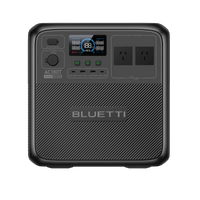
























































![[Phased Out] BLUETTI B80P Expansion Battery | 806Wh](http://www.bluettipower.com.au/cdn/shop/files/202310025B80P_2000-2000px_4_4caa0c1c-4dab-4272-9e9b-2b7507e5bd81.jpg?v=1713777870&width=200)
![[Phased Out] BLUETTI B210P Expansion Battery | 2,150Wh](http://www.bluettipower.com.au/cdn/shop/files/2_08cf9ef3-03a4-4489-b641-d3edb8094896.webp?v=1716016566&width=200)
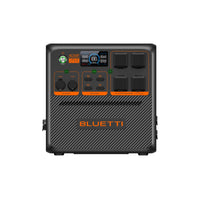


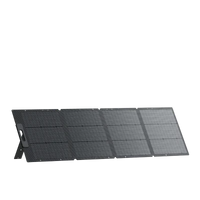


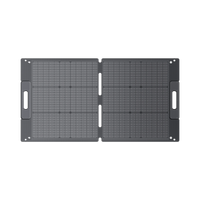











































































































![[Phased Out] BLUETTI B80P Expansion Battery | 806Wh](http://www.bluettipower.com.au/cdn/shop/files/202310025B80P_2000-2000px_4_4caa0c1c-4dab-4272-9e9b-2b7507e5bd81.jpg?v=1713777870&width=120)
![[Phased Out] BLUETTI B210P Expansion Battery | 2,150Wh](http://www.bluettipower.com.au/cdn/shop/files/2_08cf9ef3-03a4-4489-b641-d3edb8094896.webp?v=1716016566&width=120)


















